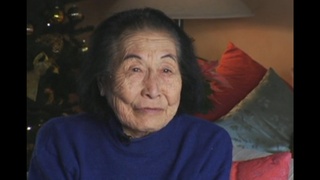Interviews
Taiko, an element that represents strength (Spanish)
(Spanish) In truth, we use diverse elements. Taiko is the most representative, and within our dance [style] the taiko represents strength because there are another two elements, apart from others that are, for example, the shimedaiko and the paranku. In the case of paranku, generally the girls do it, basically the girls do it, and the paranku basically [reflects] grace, agility, grace; while the shimedaiko is a combination of both elements. The shimedaiko is an intermediate point, combining agility and strength, [while] the men usually do the shimedaiko. Therefore, one has the confluence of three elements, [starting] from strength [and] passing through the shimedaiko in a combination of the two until we arrive at grace.
Date: September 14, 2007
Location: Lima, Peru
Interviewer: Harumi Nako
Contributed by: Asociación Peruano Japonesa (APJ)





